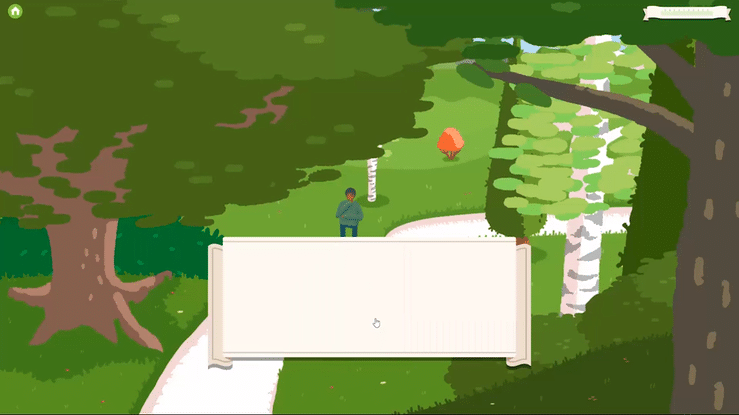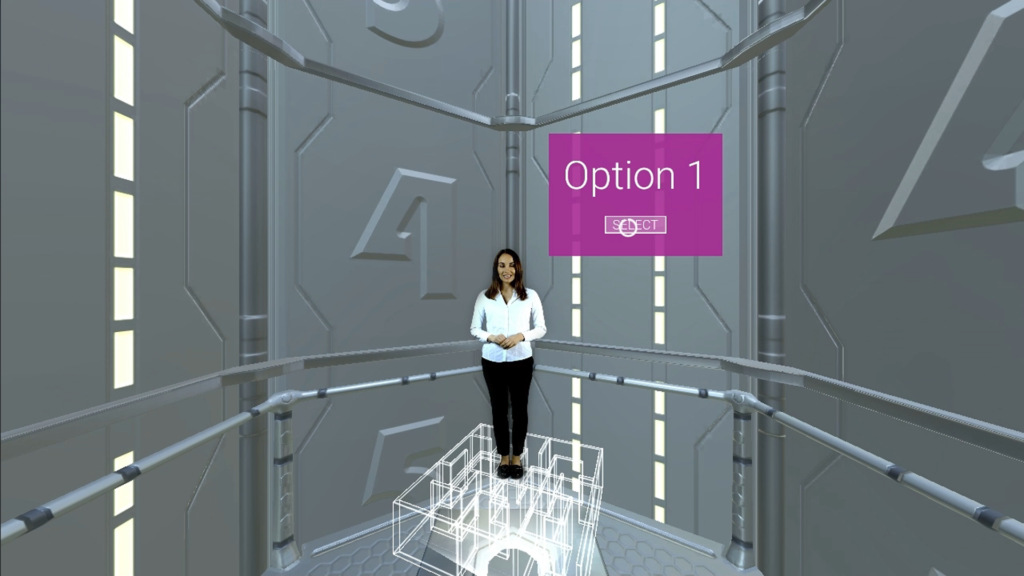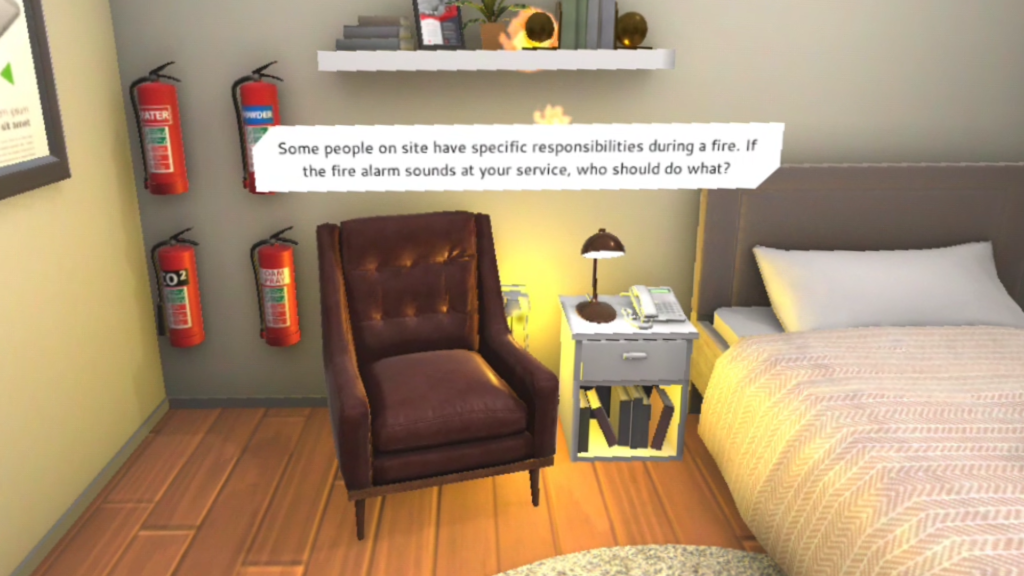Let’s not disguise the fact: e-learning content can be about exciting as a rice cracker. You may be wondering, therefore, how we have the audacity to make the bold claim advertised in the title of this article. Truth be told, we have a few tricks up our sleeves that might interest you. It appears the biggest barrier to e-learning is that students find it difficult to relate to online content. Due to the lack of disengagement, people become demotivated and struggle to retain information.
How To Create Compelling And Addictive Digital Learning Content

To engage students in any type of e-learning course, the content has to be engaging, useful and practical. You can do this by creating a variety of e-learning content such as video workshops, webinars, multiple-choice quizzes and many more.
Studies show that visuals are the most powerful learning tool, online and offline. The brain absorbs and retains more information when visuals are used in educational environments.
Furthermore, visuals elicit an emotional response that empowers students. So if you really want to engage your students and elevate their e-learning experience use premium value visual mediums such as animation, virtual reality and gamification. The high-quality visuals you can create with visual mediums your students can also interact with, not only makes your content more insightful – it makes it downright addictive.

Take advantage of animation for learning
Pivoting from classroom-based studying to online learning has not produced the most positive results to date. According to industry professionals, most students are failing e-learning courses. Students have found that online learning makes it more difficult to receive immediate answers to their questions because the teacher is not available. Other key problems are a lack of motivation, overwhelming modules packed with huge chunks of information and content that makes students feel detached from real life. When students are not able to absorb content, they fail to understand the topics or remember what they have learned.
Regardless of whether you are e-training school children, university students or corporate employees, creating content, your subjects feel passionate about is central to the learning experience. Animated content can be designed to involve the audience. You can also break it down into shorter segments which are less time-consuming. For example, a 10-minute video can explain a complex topic which students can be tested on with a multi-choice quiz after watching the video. Short learning videos can also be conveniently accessed at any time from anywhere.
Students would expect to learn more and enjoy the course more with spending 30-minutes in front of a computer than sitting through an hour-long lecture they take very little away from. Moreover, interactive content makes even the most dry and disinteresting topics fun and engaging. For example, corporations use gamification to train staff about cybersecurity or what to do during fire drills.
- Animated videos, VR simulators and gamification not only reinforce written content but can replace huge swathes of writing.
- Interactive elements help to keep users engaged and enhance the capacity to retain information.
- A VR simulation can be used to replicate a real-life environment to provide users with a safe learning environment. Here, they can make mistakes without any repercussions.
- Gamification can be used in a variety of innovative ways that make learning a self-motivated endeavour to improve performance.

How To Create Interactive E-Learning Content
Enhancing the e-learning experience is not merely about the content alone. You have to consider how it is structured, the size of each module, how students relate to the content and what your anticipated learning outcomes are. For students to digest content online, the modules have to be as simple as possible. This helps to build interest, motivation and confidence. There’s no harm in gradually increasing the degree of difficulty as your students progress through the modules and get deeper into the course. However, when the content is manageable from the outset you are less likely to lose students before they are given the opportunity to get started.
Also, consider that students have different preferences and styles of learning. A mix of visuals, auditory and kinesthetic learning is most appropriate. Whiteboard animations and storyboarding is an effective medium for explaining complex topics with numerous moving parts or procedure that have multiple steps. Students have a higher chance of completing courses and passing examines when the course consists of effective visual explanation and memorable content. If you need to vamp up your e-learning course, why not give us a call. Our creative experts are bursting with ideas and have the skills to take your students from boredom to stardom.
Recent Posts

Create a UI Magnifier in Unity (URP) Using a Second Camera

VR Cooking: Learning By Doing In VR For Students

Communicating Organisational Change With Animation

Using VR To Explain Medical Conditions And Treatments

Is Your E-Learning Changing Behaviours or Just Ticking Boxes?

Make Them Laugh With Internal Communications

The Benefits Of Using An Expert Medical Animation Studio

Using ACR122U NFC Reader in Unity with Lando.dll

The 4 Key Benefits Of Using Animation To Convey Changes In Business Communications

Unleashing The Power Of Storytelling Through Animation